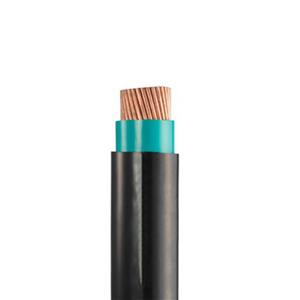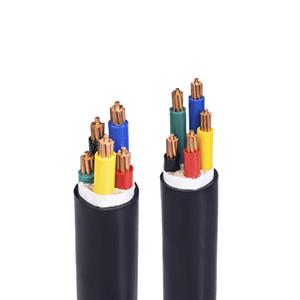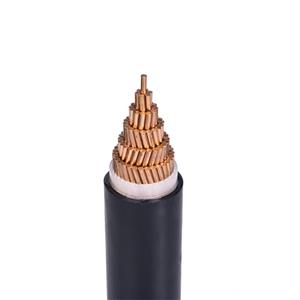How to improve the performance of wires and cables
In modern life, wires and cables are like an invisible "hero", silently playing a key role, but often overlooked by us. From various electrical appliances in the home to the huge power transmission network in the city; from data transmission in communication base stations to automated production lines in factories, wires and cables are everywhere, shouldering the heavy responsibility of transmitting power and signals. So, how can we improve the performance of wires and cables so that this "hero" can better serve us?
Materials are the foundation: The materials of wires and cables mainly include conductor materials and insulating materials, which play a decisive role in the performance of cables. Common conductor materials are copper and aluminum. Copper has better conductivity than aluminum. Copper cables and aluminum cables with the same cross-sectional area have lower resistance and can transmit electric energy more efficiently. Copper is often used as a conductor material in long-distance power transmission and occasions with high requirements for conductivity. The quality of insulating materials is also crucial. High-quality insulating materials can improve the insulation performance of wires and cables, effectively prevent leakage, short circuit and other problems, and ensure the stability of signal transmission.

Wire diameter is important: The wire diameter of wires and cables directly affects their conductivity. Generally speaking, the thicker the wire diameter, the smaller the resistance of the cable, the stronger the anti-interference ability, and the higher the transmission efficiency. In long-distance power transmission lines, the use of cables with thick wire diameters can effectively reduce the loss of electric energy during transmission. However, in actual applications, the thicker the wire diameter, the better. Factors such as cost and installation space also need to be considered. In some small electronic devices, due to limited space, wires and cables with thinner wire diameters are needed to meet wiring requirements.
Good contact: The contact performance of the circuit is closely related to the conductive performance of the wires and cables. If the contact at the joints of the wires and cables is poor, the contact resistance will increase, causing attenuation and interference in the signal transmission. In severe cases, it may even affect the stability and reliability of the entire circuit, causing the equipment to not work properly. In daily life, we sometimes encounter situations where light bulbs flicker and electrical appliances run unstably, which is most likely caused by poor contact of the wires. In order to ensure good contact between the wires and cables, it is necessary to select high-quality terminals and plugs, and ensure that the installation process meets the standards.
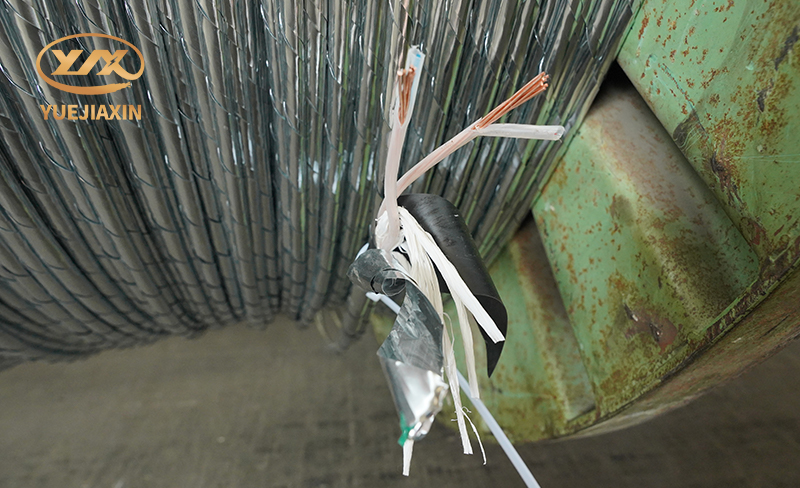
Environmental challenges: Environmental factors are also an important factor affecting the performance of wires and cables. High temperature environment will accelerate the aging of the cable insulation material, reduce its insulation performance, and increase the conductor resistance, affecting the power transmission efficiency; humid environment will easily allow moisture to penetrate into the cable, causing insulation moisture problems, which will lead to a decrease in insulation resistance and increase the risk of leakage and short circuit. In some chemical companies, cables may also be corroded by chemicals, further damaging their performance.
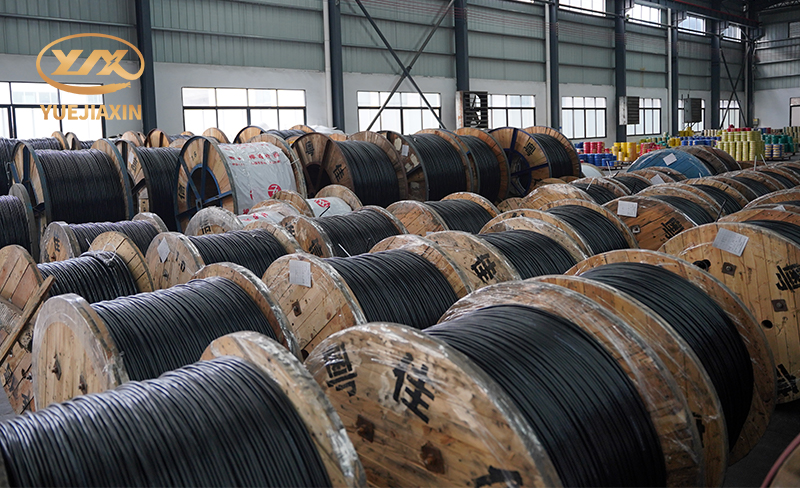
The performance improvement of wires and cables is an ongoing process, which is related to all aspects of our lives and also affects the development of various industries. I hope that through today's sharing, you can have a deeper understanding of the performance improvement of wires and cables.

